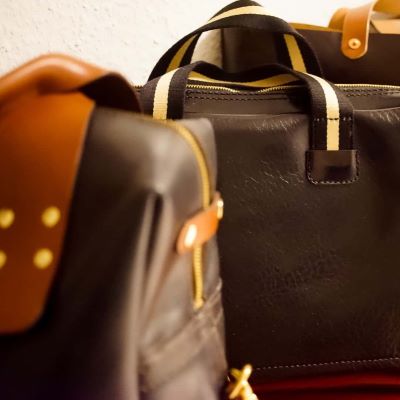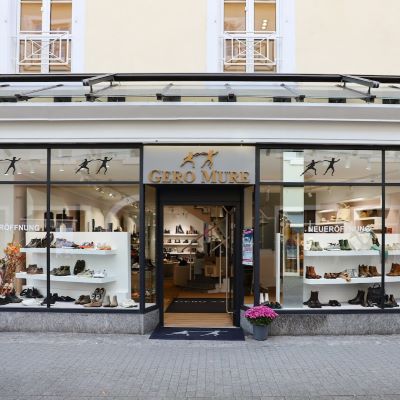German leather goods and luggage industry expects challenging second half

Falling sales and imports in the first half of 2024 show the difficult moment the German leather goods industry is experiencing, with little hope of a turnaround in the second half of the year
According to the Federal Association of the German Footwear and Leather Goods Industry (HDS/L), sales in the manufacturing industry for leather and leather goods (excluding leather clothing) amounted to around 220 million euros in the first half of the year, of which around 99 million euros were generated domestically. These figures represent a decrease of 15% compared to the total turnover of 260 million euros and 117 million euros recorded in the same period of 2023.
“Most of the problems are political: high energy prices, continued growth in bureaucracy, and uncertainty about new regulations are affecting businesses and consumers alike”, the organisation stressed. “Moreover, there are still no signs of an end to consumer reticence in Germany”.
From January to June, the sector’s imports also fell by 6% to 1.83 billion euros from 1.86 billion euros in the first half of last year. China continues to lead the ranking of main import markets, albeit with declines. Imports of Chinese leather goods fell by 3.3% to 782 million euros from 809 million euros in the first half of last year.
In Asia, the country is followed by Vietnam and India. Meanwhile, Italy remained the most important European partner during this period, with imports from this country falling from 264 million euros last year to 240 million euros, a decrease of around 9.1%.
Exports
The total value of exports of leather goods (excluding leather clothing and shoes) in the first half of 2024 was around 1.24 billion euros, a slight increase of 0.81% as compared to the same period last year. “The figures show that German manufacturers are increasingly looking for opportunities abroad, where growth markets can still be found”, the association said.Germany’s main export trading partners in the first half of the year were Poland and France. However, while 157 million euros worth of leather goods were exported to Poland in this period, an increase of almost 19% compared to 132 million euros in the same period last year, 109 million euros worth of leather goods were exported to France, a decrease of 5.2% as compared to 115 million euros in the same period last year.
In the travel and briefcase segment, which includes school bags and backpacks, goods worth 1.7 billion euros were imported between January and June 2024. This represents a fall of around 5.6% from 1.8 billion euros and is “characteristic of the lack of dynamism in consumption”. Exports remained stable at 1.1 billion euros.
“Opportunities in foreign markets are also playing an increasingly important role for brand manufacturers. Holiday travel in particular is on the rise, and so are the incentives to prepare for such trips. However, this alone will not lead to a comprehensive recovery in the second half of 2024”.
Image Credits: updn-leathergoods.com



















